People are walking more
/
This post is adapted from the CDC's Vital Signs Blog. Check out the original post here.
People are walking more, according to a new study from the Centers for Disease Control and Prevention.
More than 145 million adults now include walking as part of a physically active lifestyle. More than 6 in 10 people walk for transportation or for fun, relaxation, or exercise, or for activities such as walking the dog. The percentage of people who report walking at least once for 10 minutes or more in the previous week rose from 56% (2005) to 62% (2010).
Some highlights from the study:
Less than half of all adults get the recommended amount of physical activity.
- Adults need at least 2 and 1/2 hours (150 minutes) a week of aerobic physical activity. This should be at a moderate level, such as a fast-paced walk for no less than 10 minutes at a time.
- Women and older adults are not as likely to get the recommended level of weekly physical activity.
- Inactive adults have higher risk for early death, heart disease, stroke, type 2 diabetes, depression, and some cancers.
- Regular physical activity helps people get and keep a healthy weight.
- Walkable communities result in more physical activity.
More people are walking, but just how many depends on where they live, their health, and their age.
- The West and Northeast regions have the highest percentage of adults who walk in the country, but the South showed the largest percent increase of adults who walk compared to the other regions.
- More adults with arthritis or high blood pressure are now walking, but not those with type 2 diabetes.
- Walking increased among adults 65 or older, but less than in other age groups.
People need safe, convenient places to walk.
- People are more likely to walk and move about more when they feel protected from traffic and safe from crime and hazards.
- Maintaining surfaces can keep people who walk from falling and getting hurt. This also helps wheelchairs and strollers and is safer for people with poor vision.
- People need to know where places to walk in their communities exist that are safe and convenient.
- Walking routes in and near neighborhoods encourage people to walk to stops for buses, trains, and trolleys.





